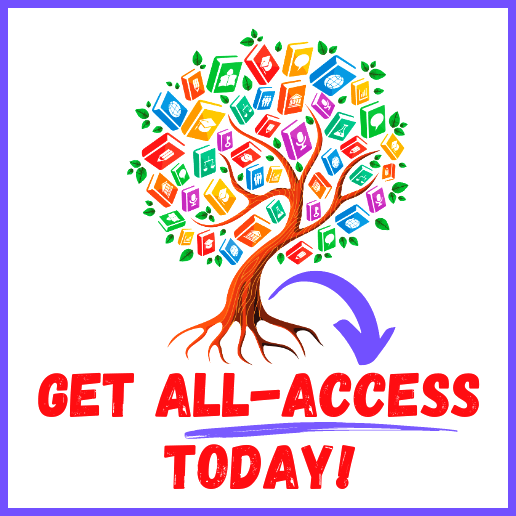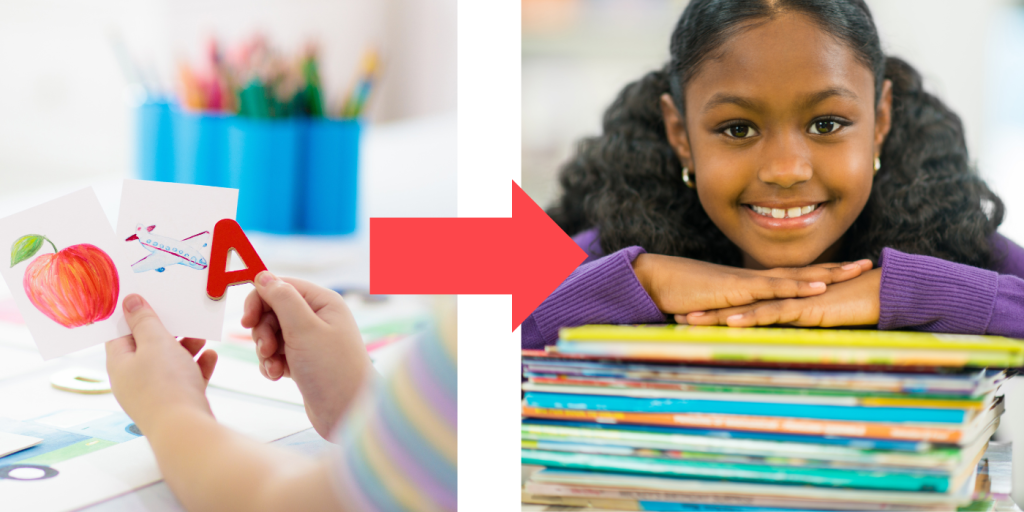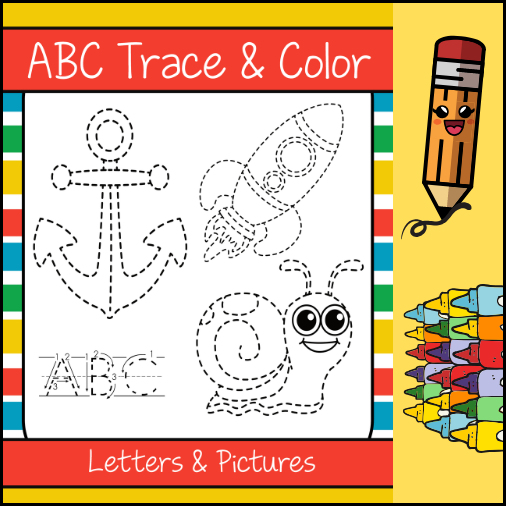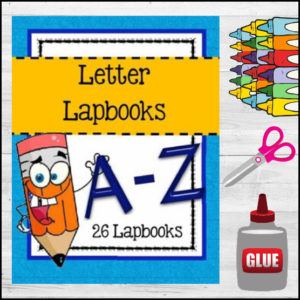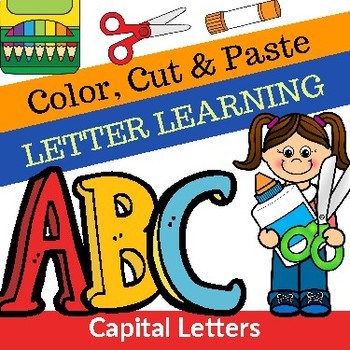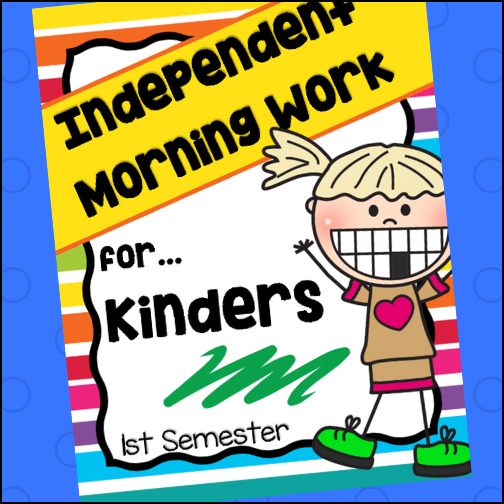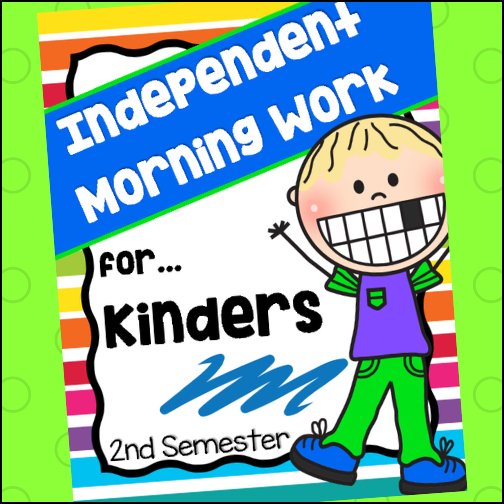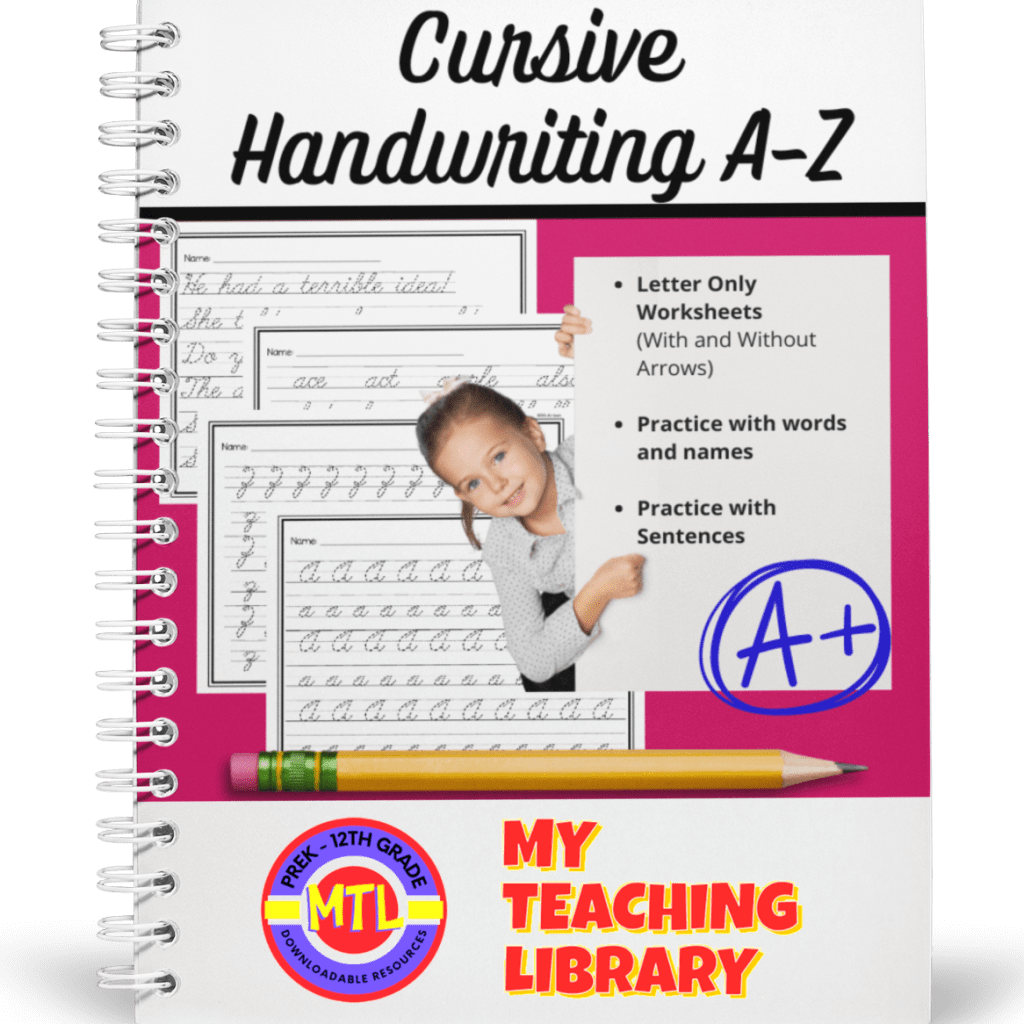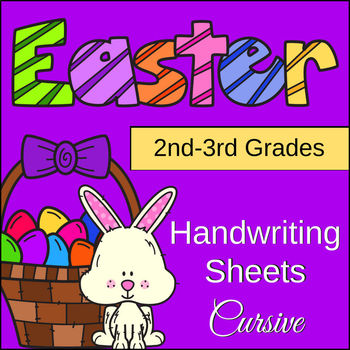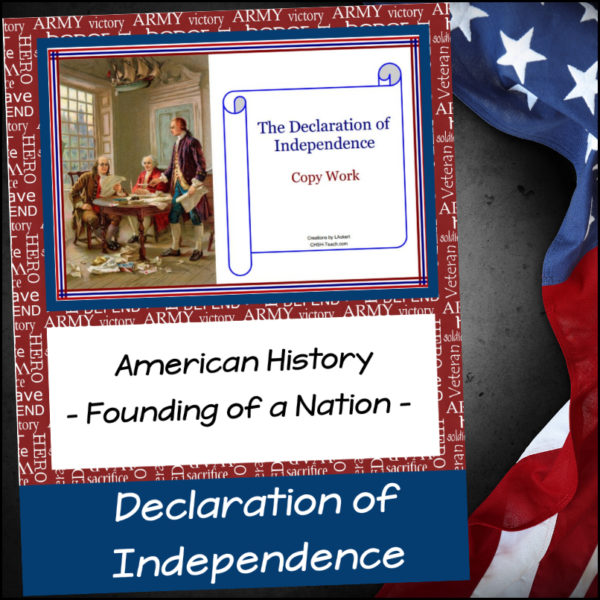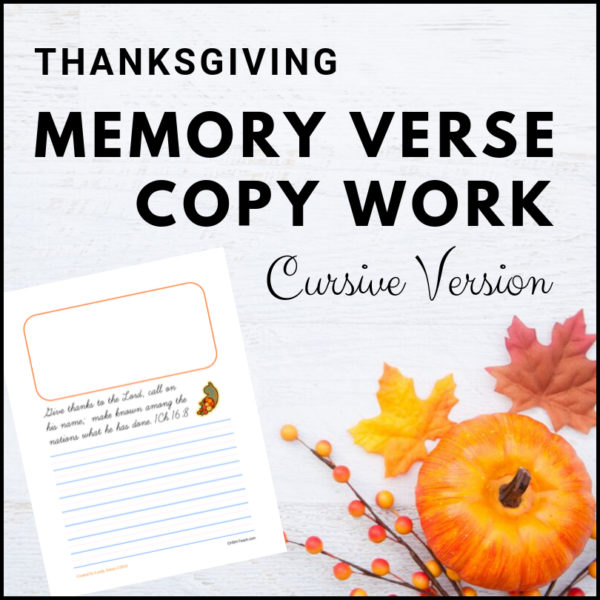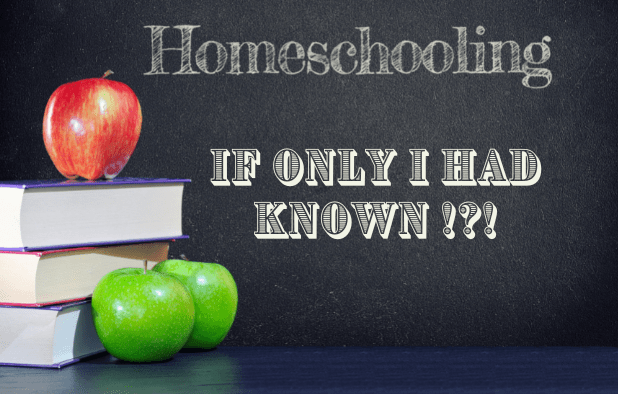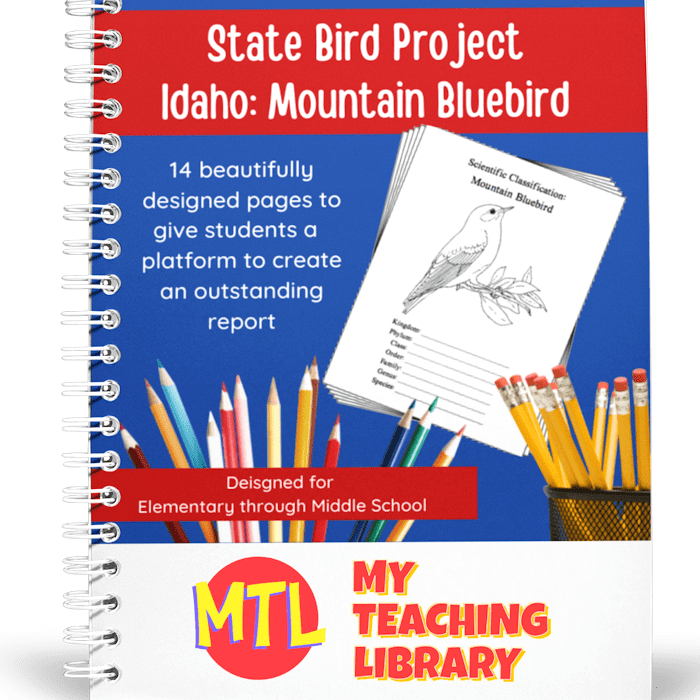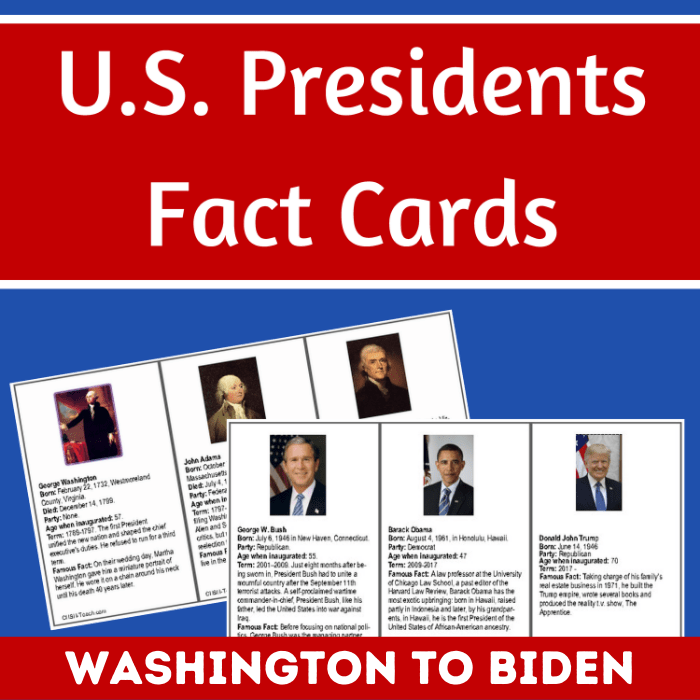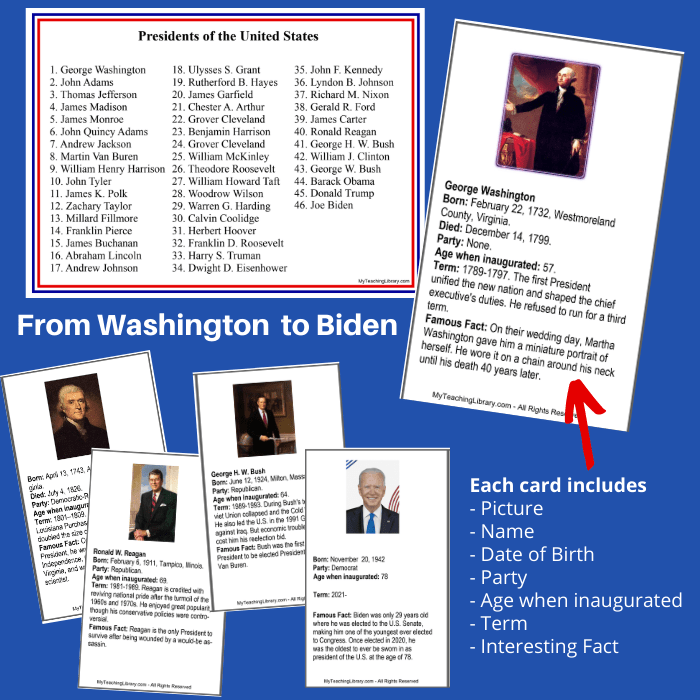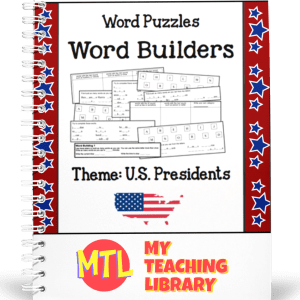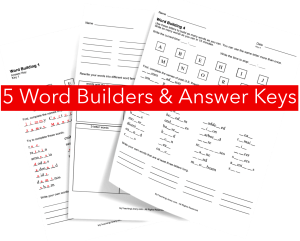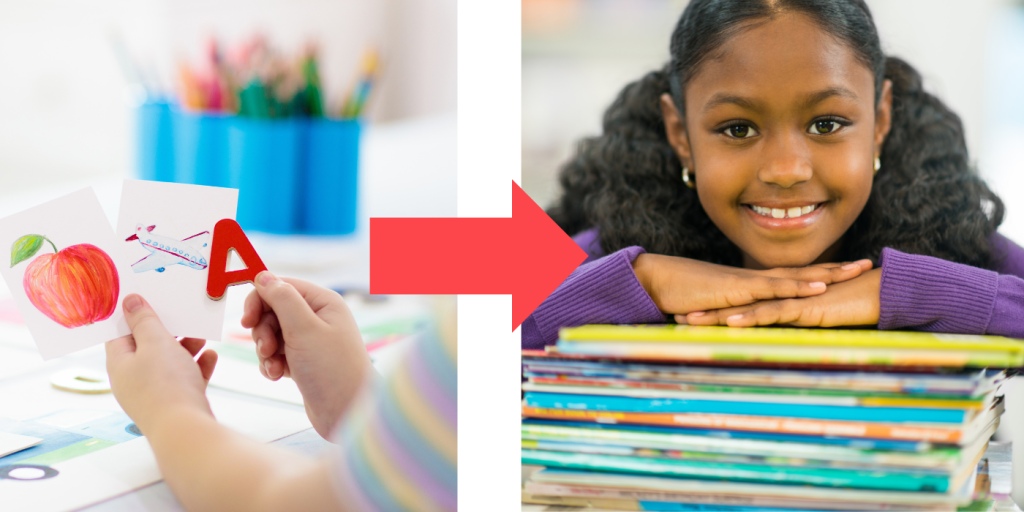
In part 1 of this series, I stated a pretty obvious fact…That children must be able to recognize individual letters as the first part of learning to read. However, you also learned that while teaching children letter names, you can (and should) introduce them to the sound each letter makes.
Here, in part 2, I’ll discuss progressing forward to CVC words.
What are CVC words?
It’s important to emphasize the significance of CVC words in early reading education. These three-letter words, comprised of a consonant, a vowel, and another consonant, are pivotal in introducing blending sounds and decoding words to young learners. Mastery of CVC words is essential for the development of phonemic awareness, a fundamental skill for achieving reading success.
Remember, as you taught children to recognize letters, you also taught them to recognize the sound each letter makes. Once they know the letters and sounds, progressing to CVC words is the next step!
To practice blending CVC words effectively, it’s essential to model the process by pointing to each letter and articulating its sound. For example, for the word “cat”. First, say the word. Then, simply start with “c” and make the sound. Next, add the “a” sound followed by the “t” sound. Point to each letter in the word as you make the sound. Once you make each sound separately, say them (blending together) as you once again say the word.
One effective technique that some love to use when teaching CVC words…Placing dots underneath each letter to provide a tactile reference for students. Begin by repeating the process 2-3 times, gradually increasing the pace and seamlessly blending the sounds together until the word is formed.
Following this, encourage students to participate alongside you and eventually attempt the exercise independently. As a beneficial warm-up, start with oral blending before progressing to using actual words on a blending line. With consistent modeling and ample practice, students will develop the ability to independently blend CVC words.
My Teaching Library has a comprehensive bundle designed just for students who are ready to begin learning and practicing CVC words…

This fun, engaging BUNDLE includes all three CVC workbooks, (short a | short e and i | short o and u), plus a BONUS end of study assessment!
Watch preview videos of each workbook that is included:
– Short A
– Short E and I
– Short O and U
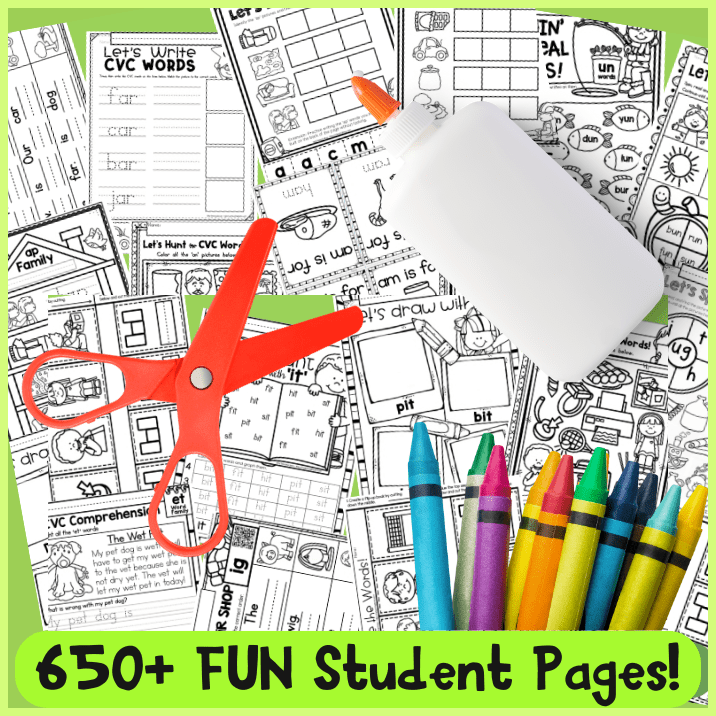
Using this CVC BUNDLE, students will color, trace, write, cut, and glue as they learn and read CVC words!
How to Progress from Letters to CVC Words
Moving from learning individual letters to blending CVC (consonant-vowel-consonant) words is a pivotal milestone in a child’s reading journey. It signifies their transition from recognizing basic phonemes to forming and pronouncing simple words. This phase can be enriched by integrating various engaging activities, interactive games, and providing access to straightforward reading materials. Through a harmonious blend of these approaches, educators and parents can effectively steer young learners towards achieving reading success. Furthermore, cultivating patience, offering consistent encouragement, and fostering a sense of joy in the learning process will lay a sturdy foundation for their future literacy endeavors!
Want to view the TOP SUGGESTED RESOURCES for PreK and Kindergarten students? Click the button below…
My Teaching Library has thousands of digital downloads ready to use!
Curriculum, Units, Worksheets, Posters, Activities…and more.
On My Teaching Library, YOU CHOOSE!

Purchase resources individually or…

